Retro Replay Review
Gameplay
Luigi’s Mansion places players in the spotlight as the often-overlooked Mario brother, armed with the Poltergust 3000 to vacuum up restless spirits throughout a sprawling haunted estate. The core mechanics revolve around capturing ghosts by first stunning them with the Strobulb flashlight and then grappling and draining them into the ghost trap. With each ghost encounter, the tension rises as they resist your suction, forcing you to maintain your grip and time your pulls carefully.
(HEY YOU!! We hope you enjoy! We try not to run ads. So basically, this is a very expensive hobby running this site. Please consider joining us for updates, forums, and more. Network w/ us to make some cash or friends while retro gaming, and you can win some free retro games for posting. Okay, carry on 👍)
Puzzles and exploration play a vital role in keeping the gameplay fresh. Locked doors and secret passages require players to collect keys, solve environmental riddles, and uncover hidden switches. Along the way, cash, gems, coins, and jewels are scattered throughout the mansion’s cluttered rooms, rewarding thorough investigation and giving you the funds to purchase upgrades or simply pad Luigi’s wallet for bragging rights.
The inclusion of boss battles elevates the standard ghost-chasing routine into memorable set pieces. Each boss possesses unique attack patterns—ranging from spectral swipes to projectile assaults—forcing you to adapt your tactics, upgrade the Poltergust with fire, water, or ice modes, and exploit their vulnerabilities to emerge victorious. The ebb and flow of exploration, puzzle-solving, and combat creates a satisfying loop that keeps you engaged from start to finish.
On the Nintendo 3DS, Luigi’s Mansion introduces several enhancements that refine the original GameCube experience. Coins now stay on-screen longer, preventing frantic scrambles, and a local co-op mode allows a second player to control Gooigi, Luigi’s gooey doppelgänger, to tackle puzzles and support ghost hunts. Additional features like an achievement list, a boss rush mode, and a Strobulb control option from Luigi’s Mansion: Dark Moon add replay value and modern conveniences to the classic adventure.
Graphics
The GameCube original set a strong precedent with its moody lighting, expressive character models, and richly detailed mansion interiors, all of which translate beautifully to handheld in the 3DS version. Dark corridors and creaking floorboards are accentuated by dynamic shadows, while ghostly apparitions shimmer with translucent effects that feel suitably otherworldly. These visual touches immerse you in the eerie ambiance, whether you’re sweeping through a grand foyer or investigating a cobweb-laden attic.
Luigi himself is rendered with charming animations that capture his timidity and occasional bursts of courage, from trembling footsteps to gleeful victory poses after a hard-fought ghost capture. Environmental details—like flickering chandeliers, peeling wallpaper, and cobweb-covered suits of armor—contribute to the mansion’s lived-in atmosphere. Each room has a distinctive theme, ensuring variety as you progress from the boiler room to the grand ballroom and beyond.
On the 3DS, the dual screens are put to good use: the top display showcases the main action in 3D, while the touchscreen provides an intuitive interface for map navigation, inventory management, and vacuum controls. Though the resolution is lower than modern consoles, clever art direction and well-defined textures maintain clarity and visual appeal. Occasional frame-rate dips during intense ghost swarms are minor hiccups in an otherwise polished presentation.
Color palettes shift to reflect the mansion’s mood, with cold blues and grays dominating more sinister sections and warm, golden hues welcoming you into safe rooms. The design of each ghost is both whimsical and unsettling, striking the right balance between humor and horror ideal for a family-friendly title. Overall, the graphics harness the 3DS hardware effectively, delivering an atmospheric experience that stays true to the original vision.
Story
Luigi’s Mansion kicks off with an amusing twist: Luigi wins a mysterious mansion in a contest he never entered, prompting him to call Mario and investigate together. The setup cleverly plays on the sibling dynamic, casting Luigi in the role of underdog hero while Mario remains notably absent. This narrative hook immediately raises questions about Mario’s whereabouts and the true nature of the mansion’s master.
Upon entering the estate, Luigi encounters Professor E. Gadd, a quirky scientist who explains the ghost infestation and outfits him with the Poltergust 3000. Gadd’s eccentric personality and humorous gadgetry injections provide lighthearted relief amid the spine-chilling setting. Their partnership propels the story forward, as you shuttle between collecting valuables for Gadd’s research and unraveling clues about the mansion’s spectral occupants.
The plot gradually unfolds through journals, hidden messages, and boss confrontations, revealing that King Boo orchestrated a trap for Mario and lured him into the haunted halls. Luigi’s quest evolves from a simple rescue mission into a battle against a larger malevolent force, culminating in a tense face-off with the mansion’s true villain. The steady ramp-up of stakes and occasional comedic beats ensure the narrative never drags, maintaining momentum until the final showdown.
Throughout your adventure, character interactions and environmental storytelling add depth to the otherwise straightforward premise. Ghosts with distinct personalities—some tragic, some mischievous—populate the mansion’s rooms, hinting at their backstories and making each capture feel more meaningful. By the time you close the book on this eerie escapade, the story has delivered a satisfying blend of humor, suspense, and heartfelt heroism.
Overall Experience
Luigi’s Mansion succeeds as an inventive departure from the traditional Mario formula, offering a refreshing blend of ghost-hunting, puzzle-solving, and atmospheric exploration. Luigi’s shy-but-determined character, combined with the inventive Poltergust mechanics, gives the game a unique identity that stands out among Nintendo’s lineup. The tension of chasing down elusive boos and the satisfaction of clearing a haunted room deliver consistent thrills throughout the mansion’s many floors.
The transition to 3DS hardware enhances portability without sacrificing charm, and the addition of Gooigi for local co-op adds a new layer of strategy and fun. Whether you’re revisiting this title for nostalgia or experiencing it for the first time, the improved controls, achievement list, and boss rush mode make for compelling reasons to dive back in. Minor performance slowdowns are an acceptable trade-off for such a faithful and feature-rich port.
Luigi’s Mansion strikes an excellent balance between accessible gameplay for newcomers and hidden challenges for completionists. Treasure hunters will appreciate the meticulous level design that hides valuables in secret nooks, while those seeking a narrative-driven adventure will be drawn in by the unfolding mystery of Mario’s disappearance. The game’s moderate length—spanning several hours of immersive gameplay—feels just right for handheld sessions.
Ultimately, Luigi’s Mansion remains a testament to creative game design, proving that even a reluctant hero with a vacuum can carve out a memorable and enchanting gaming experience. Whether you’re swatting away ghosts, exploring shadowy hallways, or teaming up with a friend as Gooigi, this title delivers an unforgettable journey through a delightfully spooky domain. Potential buyers seeking charm, challenge, and a dash of humor will find Luigi’s Mansion to be a captivating addition to their collection.
 Retro Replay Retro Replay gaming reviews, news, emulation, geek stuff and more!
Retro Replay Retro Replay gaming reviews, news, emulation, geek stuff and more!
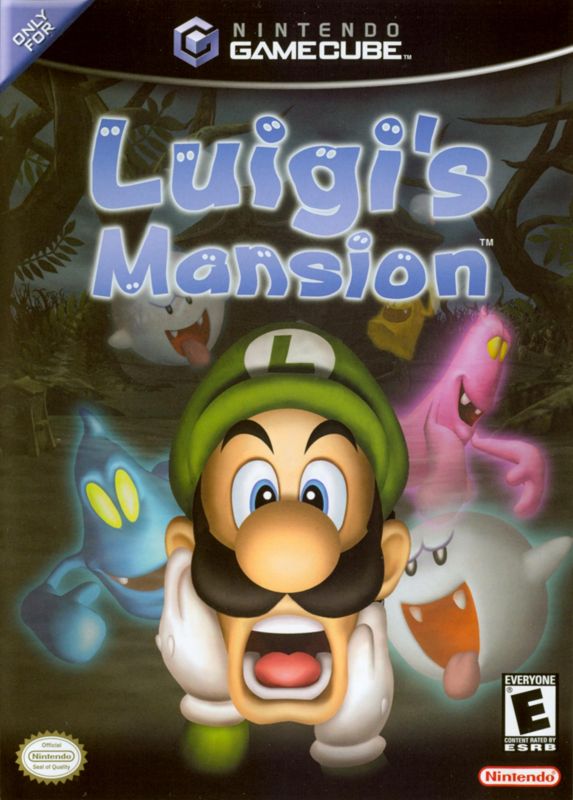
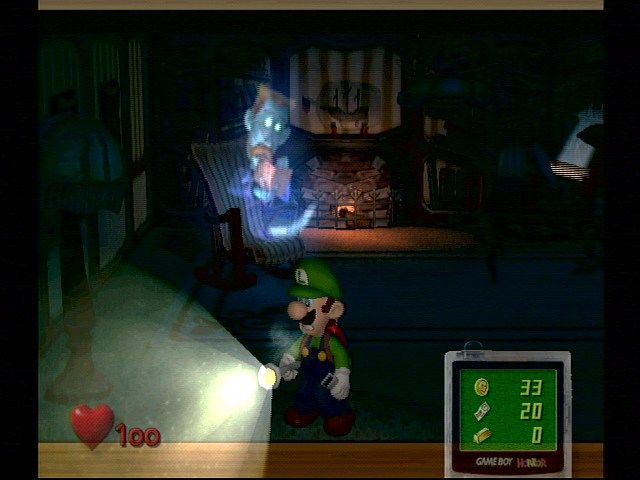
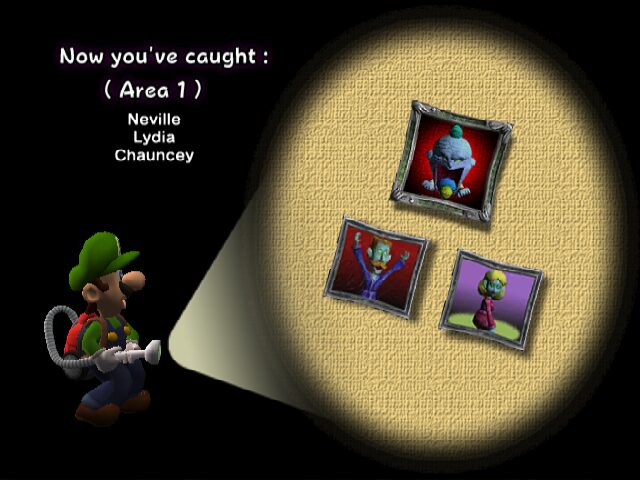
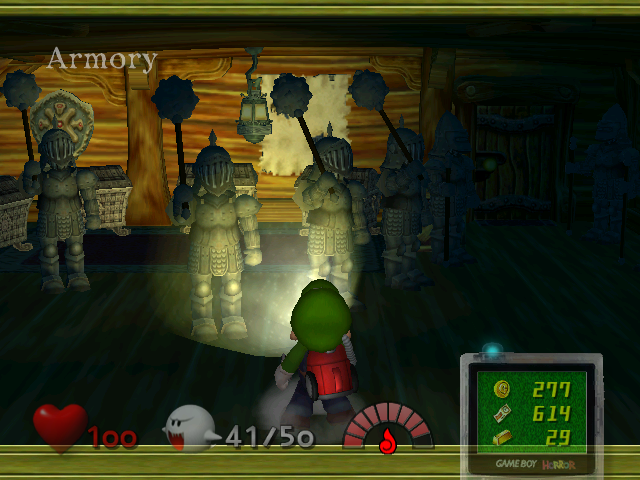

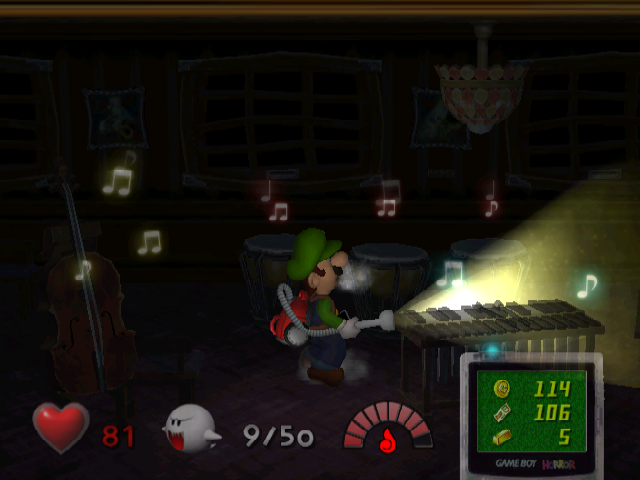



Reviews
There are no reviews yet.